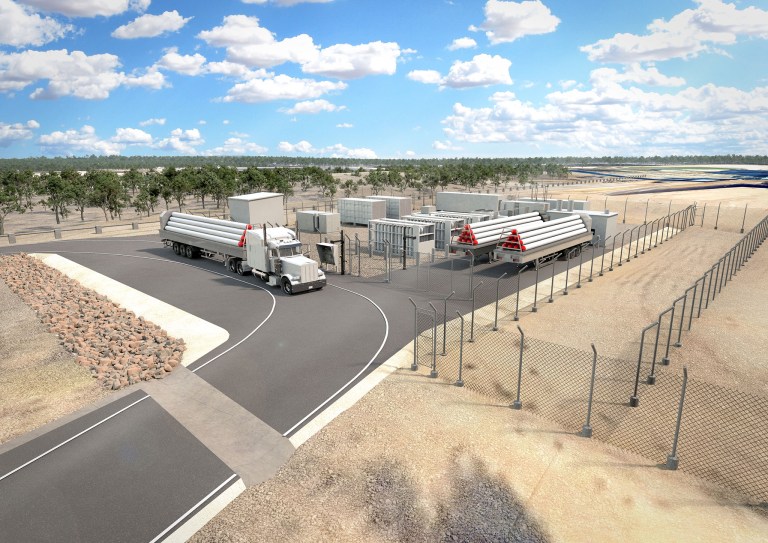Namibia is blessed with abundant sunshine and wind. Although this country benefitted from its exploitation of diamonds and fishing booms, it has been struggling economically for over fifteen years due to the increasing rate of unemployment and its aging infrastructure.

A proposed green hydrogen project regarded as “the third revolution of Lüderitz is something Namibian citizens are really excited about because it is estimated that about 55% of the unemployment rate will be eliminated. This project will be based near the town in the Tsau Khaeb National Park, and ultimately produce about 300,000 tonnes of green hydrogen per year.
Hydrogen molecules will be separated from desalinated water using renewable energy gotten from the abundant sun and wind. These hydrogen molecules in their pure form or as derivative green ammonia will be used to make several products, including sustainable fuels.
The preferred bidder, Hyphen Hydrogen Energy, will most likely start production in 2026 and will also possess the rights to this project for 40 years once all necessary feasibility processes are concluded. According to the firm, the four years of construction are likely to create 15,000 direct jobs and 3,000 more during full operations and 90% of these job opportunities will be filled by locals.

The location for this project is simply ideal because of its proximity to the ocean and the extensive solar and wind resources available.
The government hopes to find the funding for this green hydrogen project, as well as a much bigger development that will expand into agriculture, logistics, and energy. The idea is to turn Namibia into a green hydrogen hub and a synthetic fuel industry powerhouse. Hopefully, the country will be able to create renewable electricity, both for export and as an alternative to the imported coal power from South Africa.
The impact of this greenhouse project is set to be international, with agreements already signed with Germany, Belgium, and Rotterdam in the Netherlands and although this comes with some funding agreements, the country is considering more options like green or sustainable bonds which cost about $9.4bn (£7.1bn) for just the initial project.

Putting into perspective the size of the investment, the entire GDP of Namibia in 2020 was just $10.7bn. We could be considered more seriously as trading partners and not just net recipients of development assistance.
The aging infrastructure such as roads and hospitals can be helped through the influx of people and businesses in Lüderitz. It is believed that the project will attract investments from the central government in the area, further increasing the chances of its development.
However, several concerns have been raised regarding the optimistic hopes this project brings. There are worries that this small town will not be able to meet the rise in infrastructure demands, especially with accessible housing already being a huge concern. It is also quite unfortunate that most large projects have not invested back into the community as hoped.
However, we hope that with time, more people would see reasons to invest in the country. Also, with a project like the aforementioned, we believe good things are happening in the country




